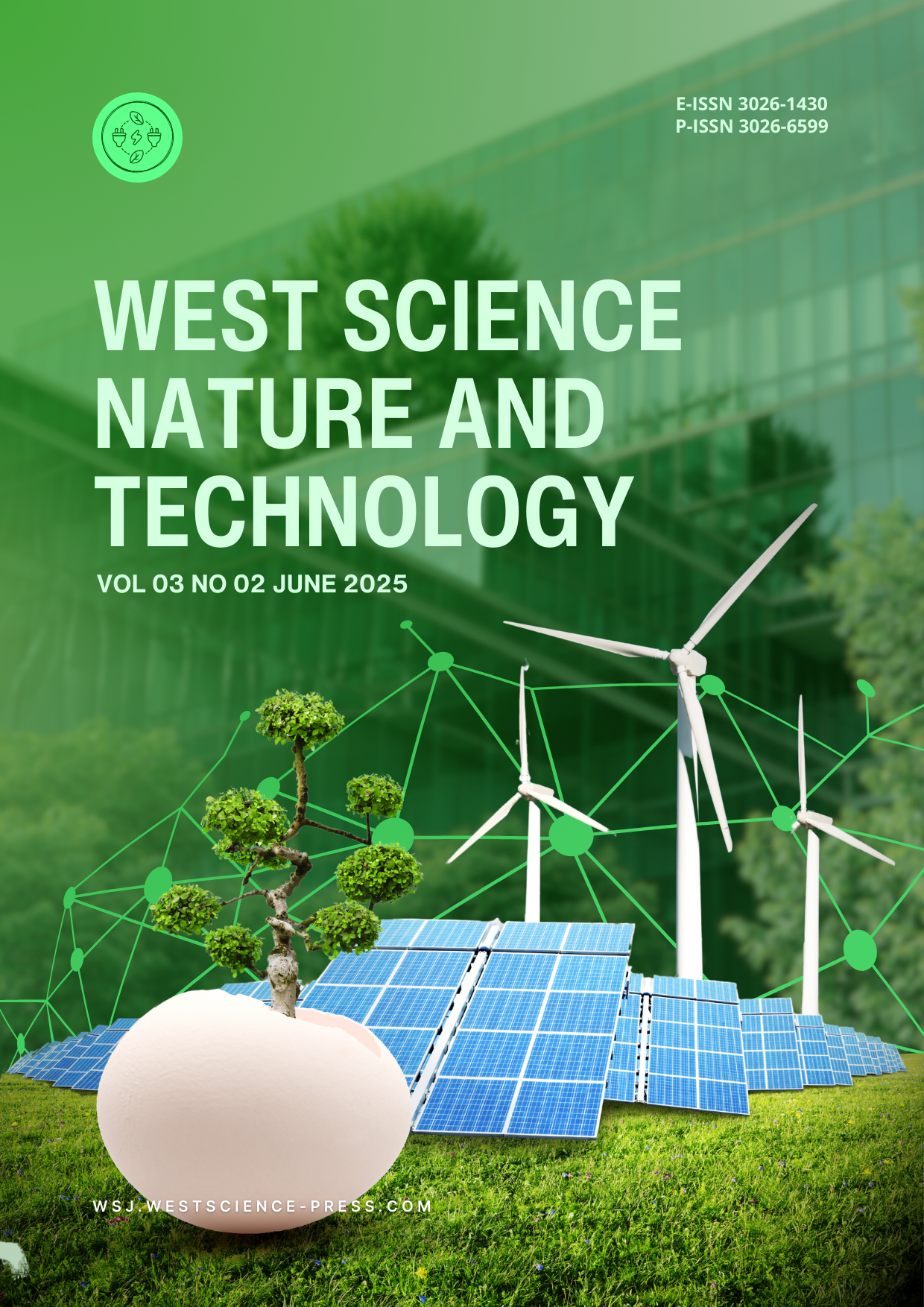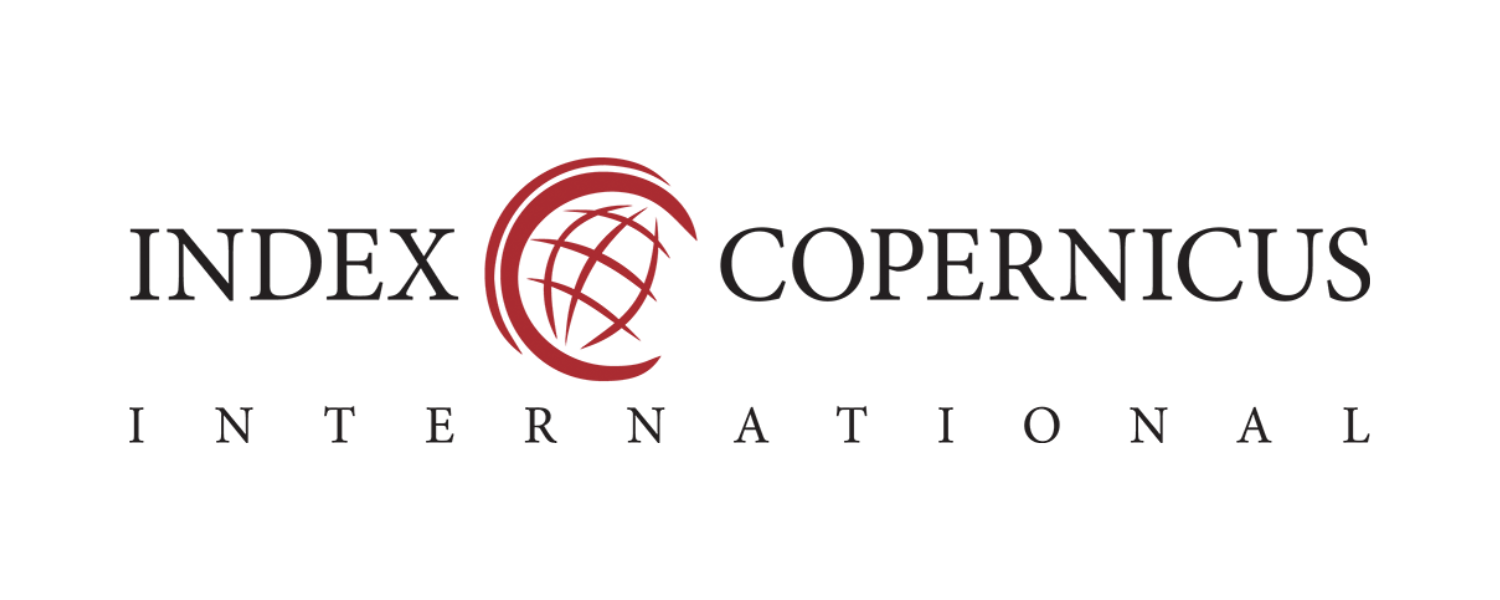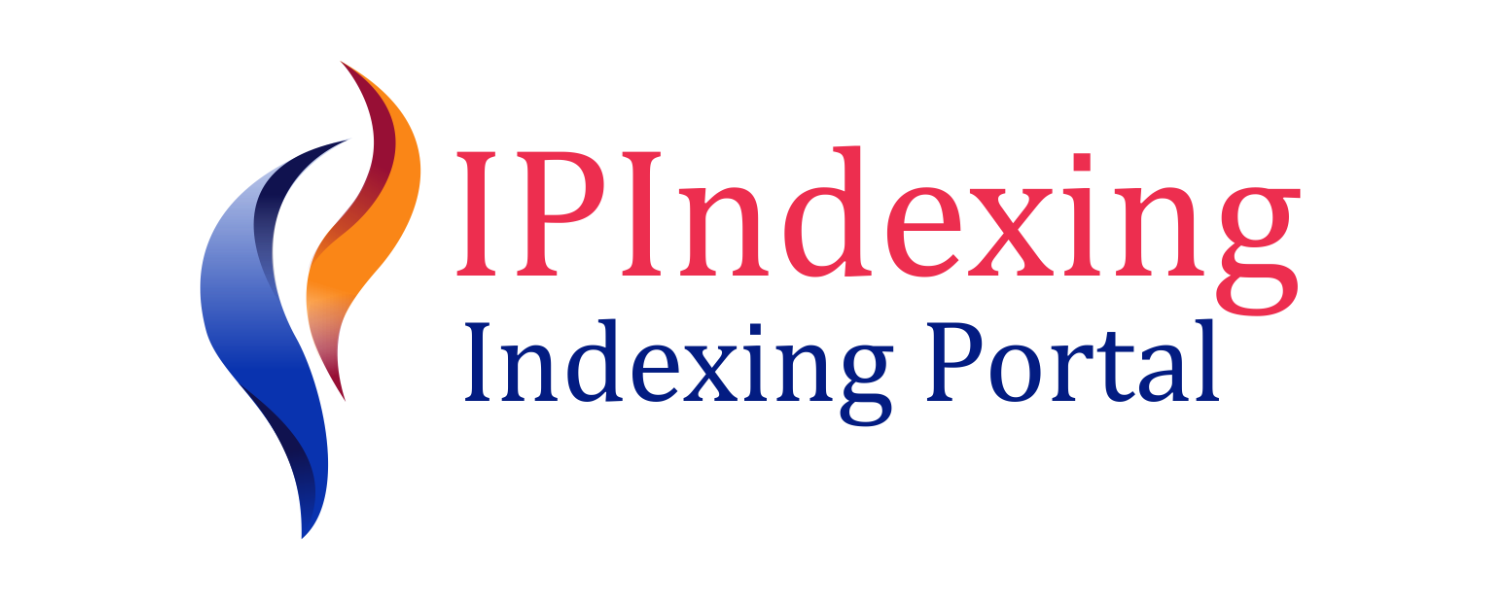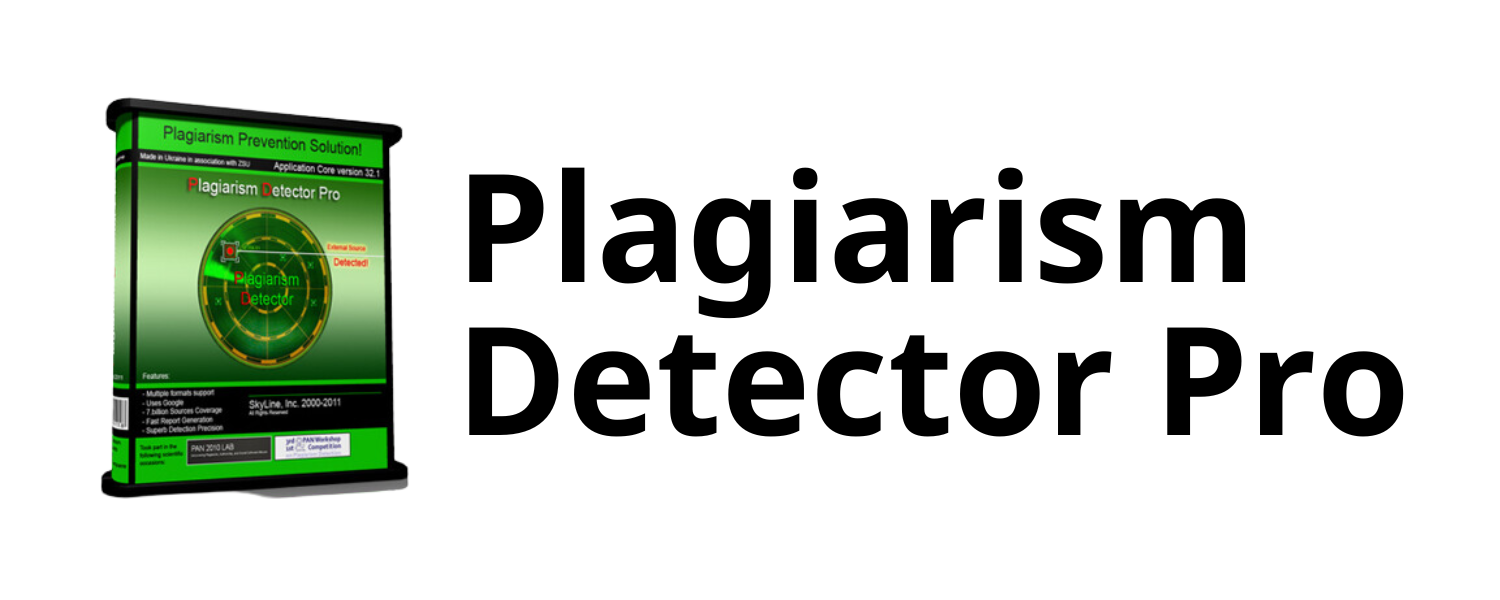Biodiversity-based Land Management Strategies for Food Security in Suburban Areas
DOI:
https://doi.org/10.58812/wsnt.v3i02.1973Keywords:
Biodiversity, Urban Food Security, Land Management, Penta Helix, Sustainable DevelopmentAbstract
This study examines biodiversity-based land management strategies as a sustainable solution to urban food security challenges in Indonesia. Using a qualitative approach and the Penta Helix model, data from five informants representing academia, government, private sector, community, and media were analyzed. Findings highlight the significant contributions of each stakeholder in promoting biodiversity, from academic research and innovative policies to community-driven urban farming initiatives and media advocacy. Synergies among stakeholders were evident, but challenges such as resource constraints, policy fragmentation, and cultural resistance persist. Case studies from local and global contexts underline the transformative potential of integrating biodiversity into urban planning. The study concludes that biodiversity-based strategies, supported by collaborative governance, are essential for achieving sustainable and food-secure urban environments in Indonesia.
References
[1] R. Ivanka, F. Atalla, A. Dita Limbong, and T. Simarmata, “Assessing the current state and future trends of land use conversion: implications for food security in Indonesia,” Int. J. Life Sci. Agric. Res., vol. 3, no. 4, pp. 284–290, 2024.
[2] D. F. Fiisabiilillah0F and A. Maulana1F, “Feeding the megacity: Challenges to achieve food security in Jakarta,” J. Reg. City Plan., vol. 27, no. 3, pp. 208–218, 2016.
[3] N. Sutrisna, “Urban Agricultural Development For Food Security at the Time of Covid-19 Pandemies in Indonesia,” Sumatra J. Disaster, Geogr. Geogr. Educ., vol. 4, no. 2, pp. 165–172, 2020.
[4] P. Ordóñez de Pablos, M. N. Almunawar, and M. Anshari, Strengthening Sustainable Digitalization of Asian Economy and Society. IGI Global, 2024.
[5] M. A. Djan, “Urban food security: Examining the unique challenges and opportunities associated with ensuring food security in Urban Areas,” Eur. J. Nutr. Food Saf., vol. 15, no. 9, pp. 42–52, 2023.
[6] C. Kusmana, “Makalah utama: keanekaragaman hayati (biodiversitas) sebagai elemen kunci ekosistem kota hijau,” Pros Sem Nas Masy Biodiv Indon, vol. 1, no. 8, pp. 1747–1755, 2015.
[7] W. S. Smith, F. L. Silva, S. R. Amorim, and M. S. Stefani, “Urban biodiversity: how the city can do its management,” Biodivers. Int. J., vol. 2, no. 3, pp. 272–277, 2018.
[8] D. Kalsuma and H. A. Simarmata, “Planning for the Preservation of Biodiversity and Environmental Assets in Support of Sustainable Planning in Urban Areas, Case Study: Batu Licin City, Tanah Bumbu Regency, South Kalimantan,” Smart City, vol. 2, no. 2, p. 3, 2023.
[9] A. Marzban, M. Dowlati, and F. S. Nodoushan, “Urban Agriculture and Food Security: A Narrative Review,” J. Nutr. Food Secur., 2024.
[10] L. S. Matooane, A. Matamanda, J. Bhanye, and V. Nel, “The Role of Urban Planning in Strengthening Urban Food Security in Africa: Insights from Lesotho, Zimbabwe and South Africa,” in Urban Forum, Springer, 2025, pp. 1–29.
[11] B. B. Lin and M. H. Egerer, “Urban agriculture: an opportunity for biodiversity and food provision in urban landscapes,” in Urban Biodiversity, Routledge, 2017, pp. 71–86.
[12] P. Balvanera et al., “Ecosystem services,” GEO Handb. Biodivers. Obs. networks, pp. 39–78, 2017.
[13] M. P. Zari, “The importance of urban biodiversity–an ecosystem services approach,” Biodivers. Int. J., vol. 2, no. 4, pp. 357–360, 2018.
[14] M. C. Sheehan, “Urban agrobiodiversity, health and city climate adaptation plans,” Bull. World Health Organ., vol. 101, no. 2, p. 121, 2022.
[15] A. K. أ. خ. عثمان, “Strategies For Urban Land use planning for Sustainable Urban Development,” J. Coll. Educ. Women, vol. 30, no. 2, pp. 166–185, 2019.
[16] J. G. Vargas-Hernández and E. P. Orozco-Quijano, “Sustainable Resilience in Urban Land Use,” in Handbook of Research on Sustainable Development Goals, Climate Change, and Digitalization, IGI Global Scientific Publishing, 2022, pp. 233–256.
[17] A. N. S. Pudjono, D. Wibisono, and I. Fatima, “Enhancing Public Sector Performance Management in Indonesia: The Role of Soft Systems Methodology in Addressing Local Government Challenges,” Syst. Res. Behav. Sci., 2025.
[18] W. Cramer et al., “Biodiversity and food security: from trade-offs to synergies,” Regional Environmental Change, vol. 17. Springer, pp. 1257–1259, 2017.
[19] M. M. Khan, A. Younis, M. T. Akram, M. M. Ijaz, and A. M. Al-Sadi, “Feeding the cities: Urban agriculture for food security and sustainability of urban areas,” CABI Rev., vol. 19, no. 1, 2024.
[20] L. Judijanto, A. Chatra, S. Rahayu, and T. J. Putra, “Bibliometric Analysis of the Impact of Government Policies on Sustainable Agriculture Business in the Context of Sustainability,” West Sci. Interdiscip. Stud., vol. 1, no. 12, pp. 1421–1430, 2023.
[21] B. J. Ghimire, “Role of Urban Agriculture in Promoting Food Security and Sustainable Cities,” J. Res. Dev., vol. 7, no. 01, pp. 42–49, 2024.
Downloads
Published
Issue
Section
License
Copyright (c) 2025 Farida Arinie Soelistianto

This work is licensed under a Creative Commons Attribution-ShareAlike 4.0 International License.






















 Instagram
Instagram 